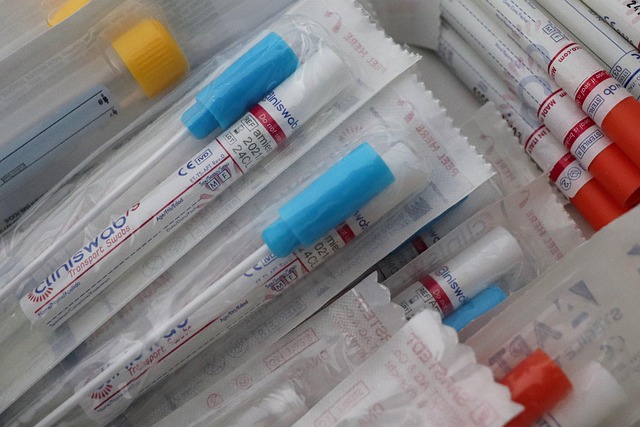Introduction: Exosomes and Neurodegeneration
Neurodegenerative diseases, including Alzheimer's disease (AD), Parkinson's disease (PD), and Huntington's disease (HD), pose a significant global health challenge. A common thread among these disorders is the accumulation of misfolded proteins and neuronal dysfunction. Exosomes, nanoscale extracellular vesicles, play a crucial role in intercellular communication and the clearance of these potentially toxic proteins. Altered exosome biogenesis, cargo sorting, and uptake mechanisms are increasingly implicated in the progression of these diseases.
Exosome Biogenesis: A Multi-Step Process
Exosome biogenesis is a complex process involving the formation of multivesicular bodies (MVBs) within the cell. This process begins with the invagination of the plasma membrane to form early endosomes, which mature into late endosomes. These late endosomes then develop into MVBs, containing intraluminal vesicles (ILVs). The ESCRT (Endosomal Sorting Complex Required for Transport) machinery plays a central role in this process, mediating the budding of ILVs into the lumen of the MVB. Finally, MVBs fuse with the plasma membrane, releasing exosomes into the extracellular space.
# Simplified representation of exosome release
class Exosome:
def __init__(self, cargo):
self.cargo = cargo
def release(self, target_cell):
print(f"Exosome releasing cargo {self.cargo} to {target_cell}")
# Example Usage
my_exosome = Exosome(cargo="misfolded_protein")
my_exosome.release(target_cell="neuron")Altered Exosome Biogenesis in Neurodegenerative Diseases
In neurodegenerative diseases, exosome biogenesis and cargo sorting are often disrupted. For example, in Alzheimer's disease, increased levels of amyloid-beta (Aβ) and tau protein can be packaged into exosomes. These exosomes can then spread the misfolded proteins to neighboring cells, contributing to the propagation of the disease. Similarly, in Parkinson's disease, α-synuclein aggregates are found within exosomes, facilitating their transmission. Dysregulation of the ESCRT machinery or changes in lipid composition of the endosomal membrane can contribute to these altered processes.
Diagnostic and Therapeutic Potential

Exosomes hold significant promise as both diagnostic biomarkers and therapeutic delivery vehicles for neurodegenerative diseases. Their presence in biofluids like blood and cerebrospinal fluid (CSF) makes them accessible for analysis. Detecting disease-specific proteins or microRNAs within exosomes could provide early and non-invasive diagnostic tools. Furthermore, exosomes can be engineered to deliver therapeutic agents, such as drugs or gene therapies, directly to the brain.
Formulas of Altered Exosome Biogenesis
Mathematically modeling exosome release and uptake helps in understanding its kinetics and potential disruptions in disease states. One simplified representation is:
$\frac{d[Exosome]}{dt} = k_{prod} - k_{deg}[Exosome] - k_{uptake}[Exosome][TargetCell]$Where: - $[Exosome]$ is the exosome concentration. - $k_{prod}$ is the production rate constant. - $k_{deg}$ is the degradation rate constant. - $k_{uptake}$ is the uptake rate constant. - $[TargetCell]$ is the concentration of target cells.
Future Directions and Research Avenues

Further research is needed to fully elucidate the mechanisms underlying altered exosome biogenesis in neurodegenerative diseases. Understanding how specific proteins are sorted into exosomes, and how exosome uptake is regulated, will be crucial for developing targeted therapies. Additionally, exploring the role of exosomes in neuroinflammation and the modulation of the immune response in the brain represents an exciting area of investigation.
- Investigating the impact of genetic mutations on exosome biogenesis.
- Developing novel exosome-based therapeutic strategies.
- Identifying specific exosome cargo as biomarkers for early disease detection.
- Characterizing the role of exosomes in neuroinflammation.